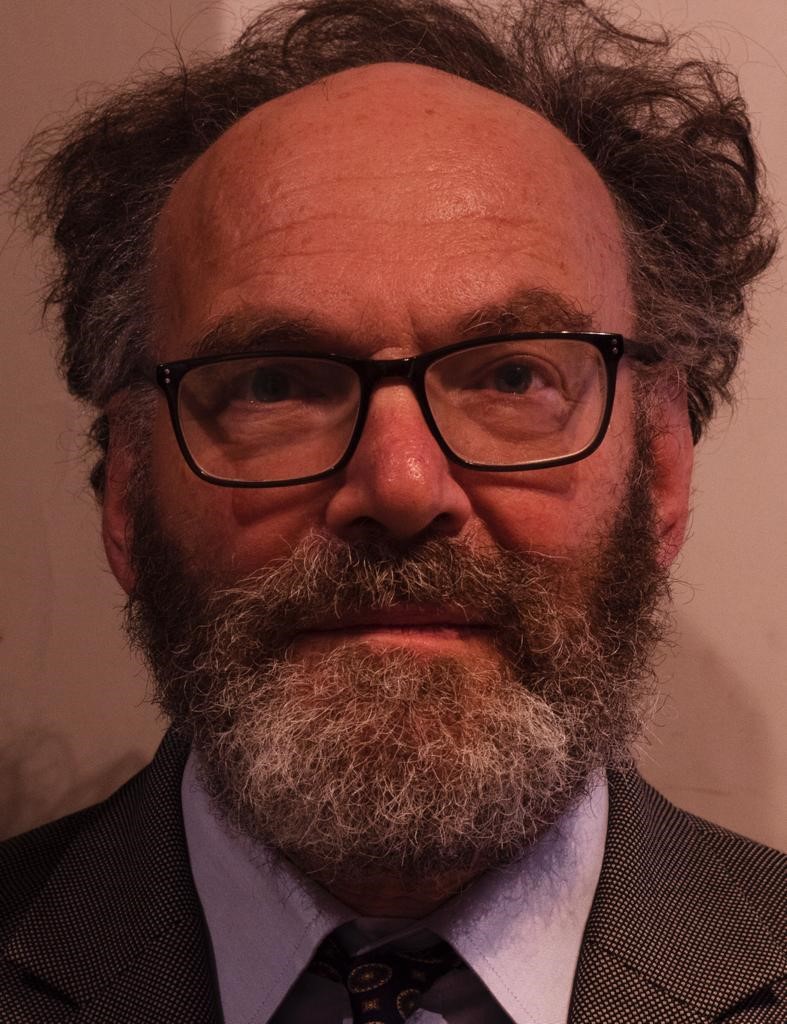published in The Wall Street Journal April 11 2005
The creation, movement and spending of illegal money represents a greater challenge for bankers in Latin and South America than possibly anywhere in the world. The three-fold problem of pervasive illegal drugs production and selling, political corruption and poorly resourced regulatory and criminal systems has ensured that money laundering continues to cast a shadow’s over the region’s reputation for financial probity.
The gravity of the problem is highlighted by a paper recently written by Alberto Chong, an executive at the Inter-American Development Bank. He wrote, ‘Money laundering in the region appears to be quite pervasive, quite possibly the highest in the world. In fact, overall, rough estimates of money laundering in the region show it to be somewhere between 2.5 and 6.3 percent of the regional gross domestic product.’ That may even underestimate the problem, say some observers, noting that global money laundering may be as high as ten percent of GDP in the most severely corrupt economies.
That said, Latin American countries have beefed up their anti-money laundering to bring them in line with the requirements of the Financial Action Task Force. This Paris-based organisation lays down anti-money laundering protocols for national laws. All countries in the region now criminalize laundering of drug proceeds and most have widened the remit of their laws to embrace terrorist finance and other serious criminality. For example, Guatemala, once considered a laggard, has adopted best practice, and been removed from the FATF’s blacklist of poorly-compliant countries.
Colombia’s stance best demonstrates the role an anti-money laundering strategy can play in tackling a drug economy. Kristian Hoelge, the Bogota-based Regional Legal Advisor for the Legal Assistance Programme in Latin America and the Caribbean, United Nations Office on Drugs and Crime (UNODC), says, ‘ Colombia has been very quick at doing something about it. They have an inter-institutional committee working on an anti-money laundering strategy, in the same way as you might have one on corruption or drugs. This is not just a question of reaction after the event, but of prevention. It assists people to see that money laundering is a bad thing. They have also developed typology exercises, to show they are getting on top of the issue. Other countries do not have this level of sophistication. Colombia deserves a lot of credit for that. But at an operational level, things are not up to speed.’
Enforcement, rather than an up-to-date legal system, is the region’s greatest challenge, says Saskia Rietbroek-Garces, Executive Director, Association of Certified Anti-Money Laundering Specialists (ACAMS). She says, ‘ Latin America is struggling with problem of having no adequate sources to implement the laws. They can have a money laundering law modelled on the finest principles, but if you do not have the money to pay for the agents who enforce these laws and computers to track down suspicious activity reports, then nothing is going to happen.’ Low levels of convictions is all Latin American countries, with the possible exception of Colombia, pinpoint the region’s enforcement problem. Colombia has achieved some 250 convictions since 1997, when its first anti-money laundering laws were introduced. But the sum of convictions for money laundering across the rest of the region is below one hundred.
The implementation issue has been highlighted by the Drug Abuse Control Commission (CICAD), an agency of the Organization of American States (OAS), which wrote in its latest report. ‘Certain deficiencies persist at the operational and training levels and in the availability of human and financial resources for this purpose. These deficiencies hamper effective prosecution of this offence which is reflected in the low number of convictions in the Hemisphere.’
Money laundering prosecutions are invariably complex, relying on financial expertise as well as detective work. One scheme attracts particular attention from law enforcers. This is the informal infrastructure for moving the proceeds of dollars earned in the United States from the sale of drugs into the region’s peso-based economy. The infrastructure, called the Black Market Peso Exchange (BMPE), is the world’s biggest money laundering system, according to the US government’s National Money Laundering Strategy. It works in the following way. Agents hired by drug producers in Latin America arrange for US-based manufacturers exporting to Latin America to be paid with the dollar proceeds of drugs sales. At the same time, the agents arrange for local importers to pay the drug producers with pesos. As a result, the drug dollars are cleaned, and the drug producers retrieve their funds. This secret parallel trade to Latin America is said to be worth between $5 billion and $10 billion annually.
While complexity is undoubtedly one reason for the region’s low conviction level, another is the high incidence of corruption. It is suspected prosecutions of high profile launderers who may be both rich and politically powerful, are impeded by the use of influence and blatant graft. Rietbroek-Garces points to the region’s poor showing in Transparency International’s Corruption Index and argues , ‘C orruption is so rampant. Even Costa Rica which is supposed to have a good reputation for probity, has been hit by scandals involving presidents and ex-presidents. Dirty money is like water, it will always find the path of least resistance. So long as these countries are not beefing up their money laundering laws and their anti-corruption efforts, then launderers will find a way to use financial institutions.’ Best evidence for this was the way Peru’s president Alberto Fujimori and his spy chief, Vladimiro Montesinos, were able to loot the country of many hundreds of millions of dollars, which were laundered through Swiss private banks. Fujimori fled to Japan in 2000 when his activities were exposed
